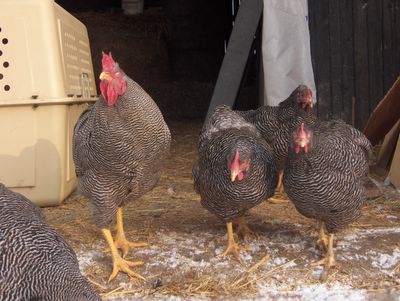Meristems, Internal Regulation, Growth Hormones, and Tropisms
SBI3U BIOLOGY: Plant Unit Chapter 15
TYPES OF MERISTEM TISSUE
There are two types of meristem tissue
A) Apical Meristem Tissue
Found in
• shoot tips results in leaves and flowers
• ii) root tips ( the growing root is protected by a root cap)
B) Lateral Meristem Tissue Found beneath the bark of tree stems.
Results in the thickening of cylinders of tissues Woody plants have two
kinds of lateral meristem
• vascular cambium - produces xylem and phloem cells in the stems and roots
• ii) cork cambium - produces a tough covering for the surface of stems and roots (bark of a tree)
GROWING PLANTS FROM CUTTINGS
Meristem tissue enables plants to grow from cuttings. This is the bases for plant cloning and is important to agriculture in growing genetically identical plants from a single cell or part of an organism. This method is faster than growing the plant from seed.
INTERNAL REGULATION OF PLANT GROWTH and DEVELOPMENT In order for a plant to reach its maximum height, it requires optimal growing conditions. i.e. adequate moisture, warmth, light and nutrients
A plant's growth and development is also controlled by its hormones.
Hormone: is a chemical compound that is manufactured by specialized tissue that regulates the activities of another body part that contains a specific "target" tissue or organs.
There are two types of plant growth hormones.
a) promoter hormones: are hormones that causes growth
b) inhibitor hormones: are hormones that block growth
PLANT TROPISMS
Tropism: • Is a directional growth response to unequal stimulation from the
external environment
• it controls the growth pattern of plants
• Plant tropism's are affected by light, gravity touch
Positive tropism: • Is when the plant grows towards the stimuli
Negative tropism: • Is when the plant grows away from the stimuli
TYPES OF TROPSIMS
Tropism and its Effect
Phototropism
• The growth of the plant is affected by light
• This is a positive tropism since the plant grows towards the light
• Roots of a plant will show a negative tropism and grow away
from the light
• The hormone auxin will accumulate on the dark side of the
stem and causes the cells to elongate causing the plant to
grow towards the light
• Turning the plant will not cause the curve to be removed
Gravitropism
• is a plants response to gravity
• positive gravitropism which causes the roots to grow
downward
• negative gravitropism which causes the stems and shoots to
grow upward
Thigmotropism
• is the response of the plant to touch
• positive tropism is seen in vining plants when they touch an
object they will grow around that object
• a negative tropism is seen when the plant will grow away from
the object
Nastic Movement
• are caused by a stimulus that is not directional
• i.e. leaves on a mimosa plant fold up when touched
• leaves will fall in the same direction no matter where they are
touched and therefore is not an example of thigmotropism
• they folding is due to a change in turgor pressure in the cells at the
base of the plant
• a drop in pressure causes the cells at the base of the leaflets to fold down
• once the stimulus is removed, the turgor pressure will again increase causing the leaflet to rise.


